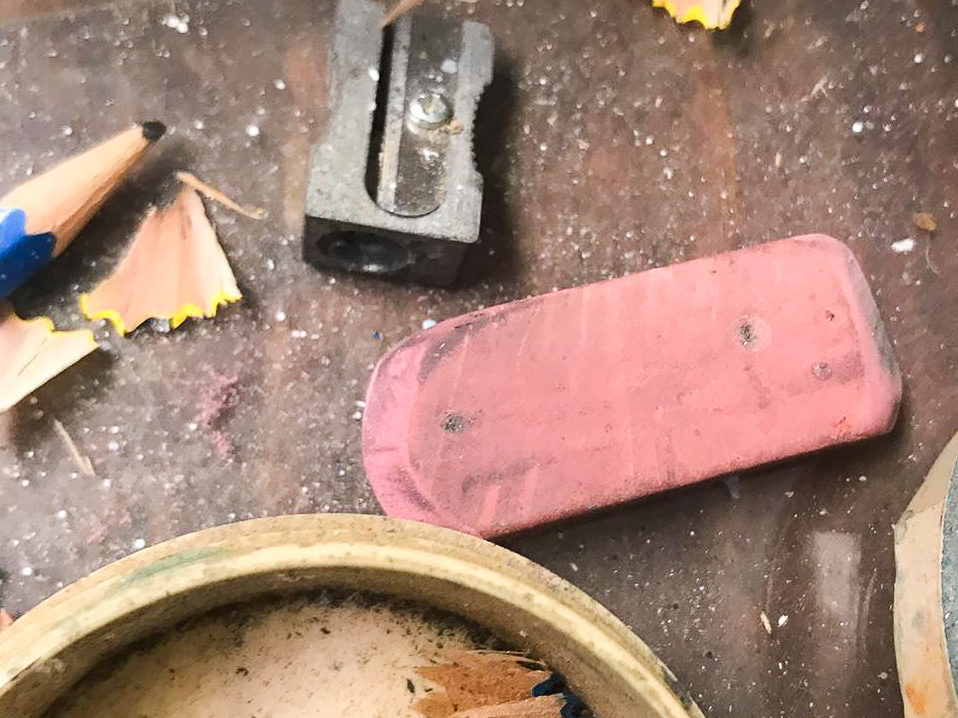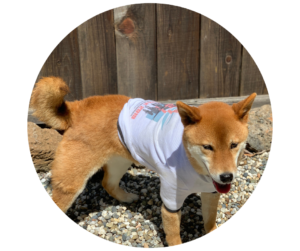My name is Charles K. I am a ruptured aneurysm survivor living in the Bay Area. In 2014, I was working from home and took a small nap where I woke up in a sudden sweat and with a massive headache. I collapsed on the stairs but was fortunate enough to call 911. It turned out that I suffered a lower brain stem aneurysm rupture and a seizure/mini-heart attack. I was extremely fortunate to have an excellent neurosurgeon in my local hospital who performed a successful, non-invasive coiling procedure, and I was discharged after three weeks in the ICU. But as many survivors will say, this was just the beginning.
While I am not confined to a wheelchair nor plagued by debilitating brain stem related disabilities, I was not completely unscathed. I developed vertigo and balance issues as well as vision and hearing disorders. On the emotional side, even though friends and family were sympathetic, they could not understand how I felt, the shock that my life could have been taken away instantly, of surviving a near death experience.
I first heard of The Aneurysm and AVM Foundation (TAAF) when reading an article from the San Francisco Chronicle about their 10th Annual Walk at Crissy Field in 2015. The following year I attended the Walk and met fellow survivors. I was surprised how many told similar stories of feeling disconnected from family and friends. It’s not due to lack of empathy but a lack of shared experience. Only we know what it feels like to live through an aneurysm rupture or AVM bleed. Through TAAF, I started to attend monthly aneurysm/AVM, in-person support group meetings at UCSF where I met more survivors and heard their stories of coping with life after treatment and processing all the changes in their lives. A common theme was the “new normal” which we describe as life after surviving an aneurysm rupture or AVM bleed. At these support meetings, we have the opportunity to be honest and speak openly about the new normal which can range from job disruptions, changes in relationships, adjusting to new physical disabilities, and dealing with cognitive and emotional challenges. For my “new normal,” I was experiencing chronic vertigo and balance problems, and attending the group gave me comfort that I was not alone with these issues. Listening to survivor stories was also helpful in navigating the medical system which is not easy. Our survivor group has been so fortunate that a nurse (we fondly call her Nurse Lisa) with over 30 years of experience in treating aneurysm and AVM patients, lends a calming voice to these meetings. In short, talking through my “new normal” to a group of survivors who can relate to similar issues allowed me to move on with my life after experiencing a life-threatening event. Today, my chronic vertigo is in a managed state.
I was also surprised by how many survivors suffered from emotional, memory and cognitive issues. I was fortunate that my rupture did not affect this part of me. Many survivors feel frustrated and struggle because their physicians don’t have a clear explanation of these issues. I spoke with Dr. Michael Lawton, TAAF founder and former chief Neuro-Surgeon at UCSF at his last TAAF Walk before joining Barrows Neurological Institute as their CEO. He told me that TAAF was founded because there were many survivors with unexplained issues after hospital discharge, and that there was a great need for an organization dedicated to supporting the specific circumstances faced by survivors of aneurysms and AVM.
One of TAAF’s mission goals is the support of its grant program for the further studying of aneurysm and AVMs. Through fundraising efforts, TAAF awards seed grants to young and aspiring medical researchers. At the Annual Awareness Walk, survivors get to meet with the researchers and discuss their work. Recent studies range from applying fluid dynamics as a predictor to aneurysm rupture, to the role of iron in a brain bleed that could result in brain injury and cognitive impairment. As survivors, we have great interest in these TAAF-sponsored studies as we don’t want anyone else to suffer as we have. Because many volunteer at the Walk, we also get to meet and thank the Neuro-ICU nurses who were the ones who took care of us while we were in the ICU.
Our survivor support group is so fortunate that the medical advisors of TAAF are teaching neurologists, neurosurgeons, and neurovascular researchers at UCSF. They generously give their time as guest speakers at our meetings as well as other stroke/aneurysm panels throughout the Bay Area. In a way, these talks are very therapeutic allowing us to relive the day of the surgery with explanation of advancements in neurosurgery. The Chief of Vascular Neurosurgery discussed neurosurgery strategies for electing endovascular technique versus open surgical technique like clipping. He showcased challenges posed by location, size and shape of the aneurysm in video clips of his procedures from YouTube. The Chair of the Department of Neurology gave a talk on memory strategies and techniques which provided a framework to improve memory. This talk was particularly helpful in improving my reading comprehension skills which had diminished due to neurological vision impairment. The majority of survivors don’t have a medical or Life Science background, so these talks are invaluable and certainly gave me the ability to ask the right questions in subsequent visits with my physicians.
Life after surviving an aneurysm rupture and subsequent brain bleed has not been easy. But, the camaraderie with survivor friends and meeting the medical experts on the TAAF team has made my path forward lighter and filled with pragmatic talks and supportive hands.
Click the photo to learn more about Charles K.

